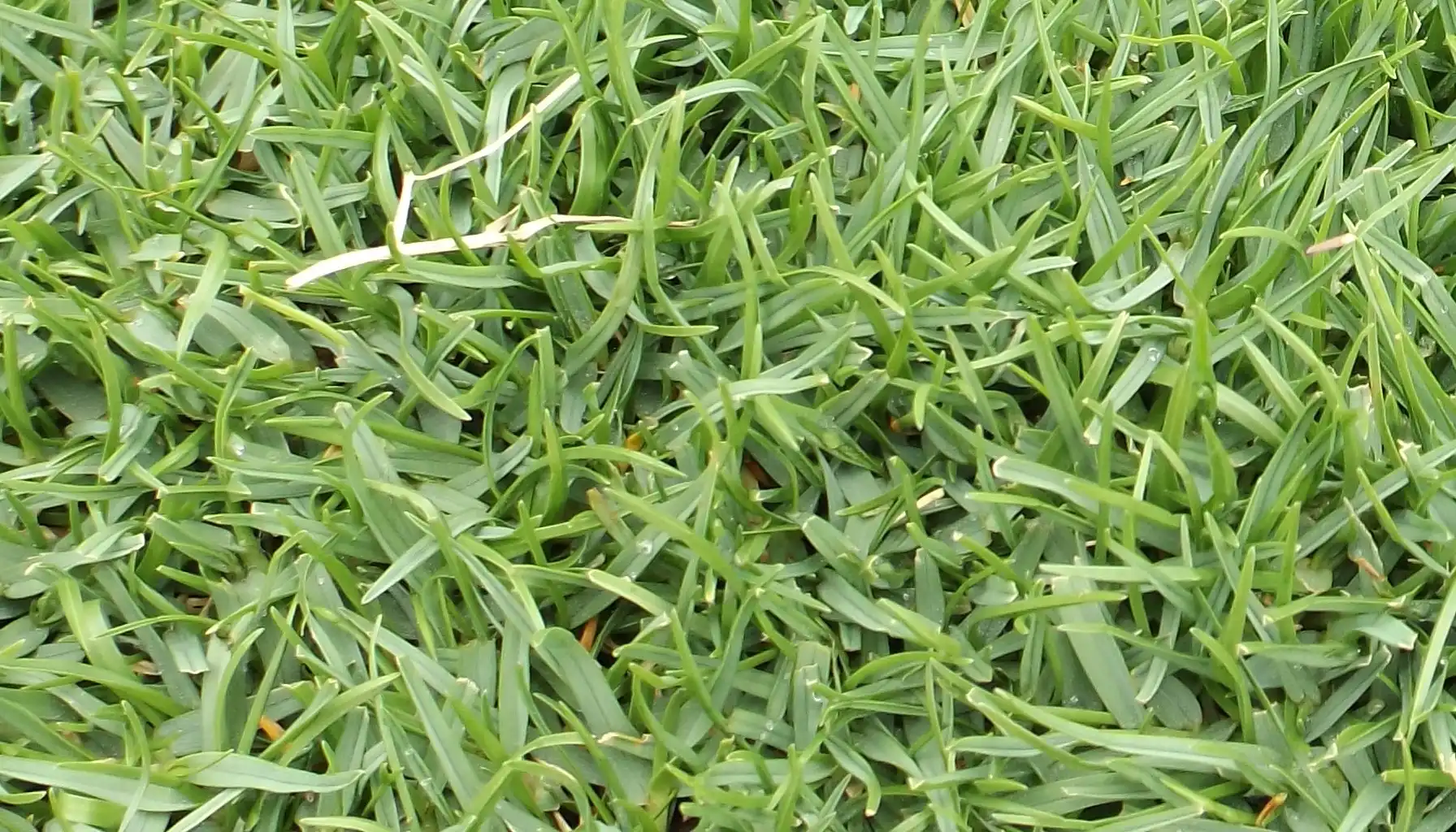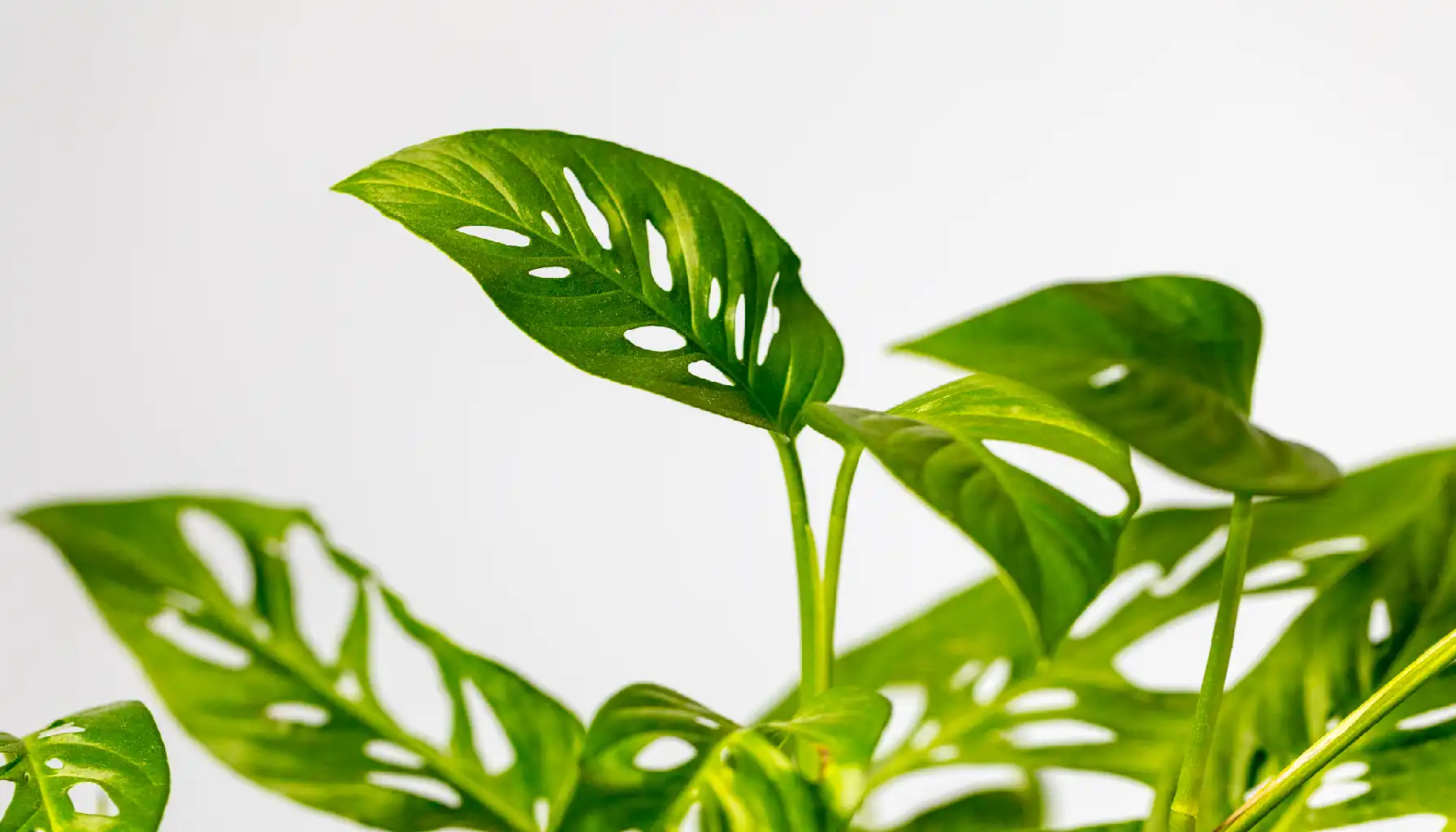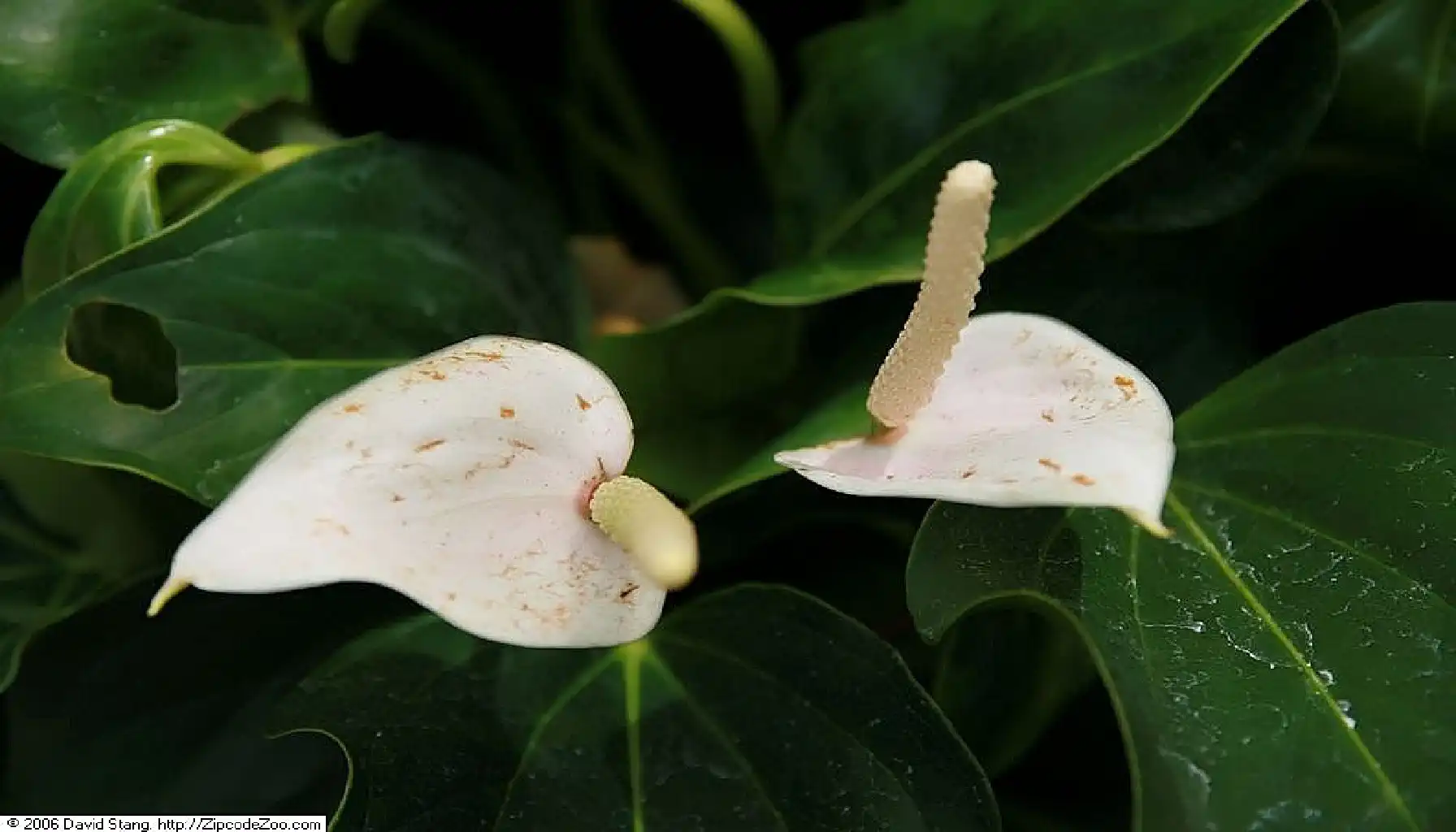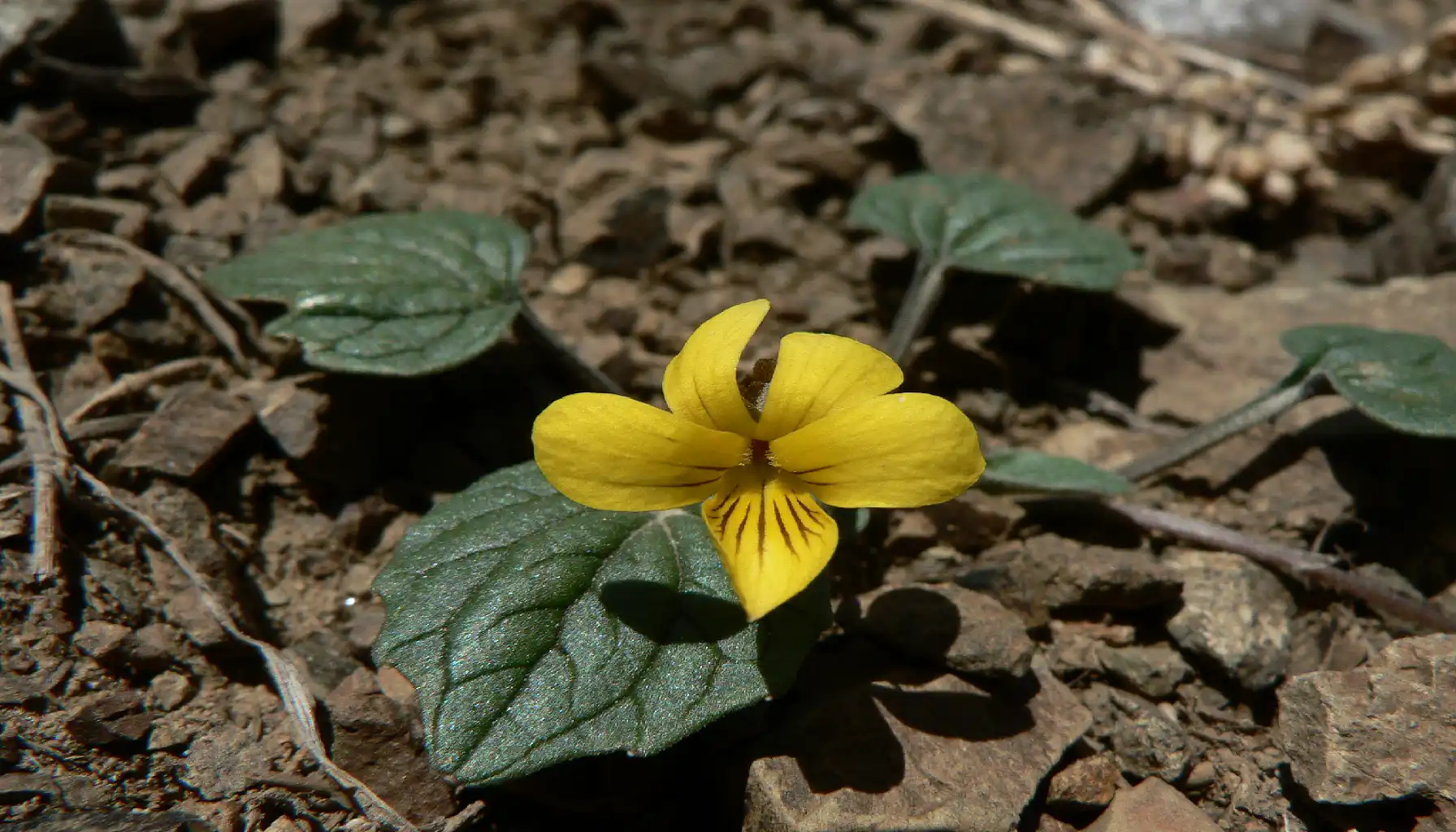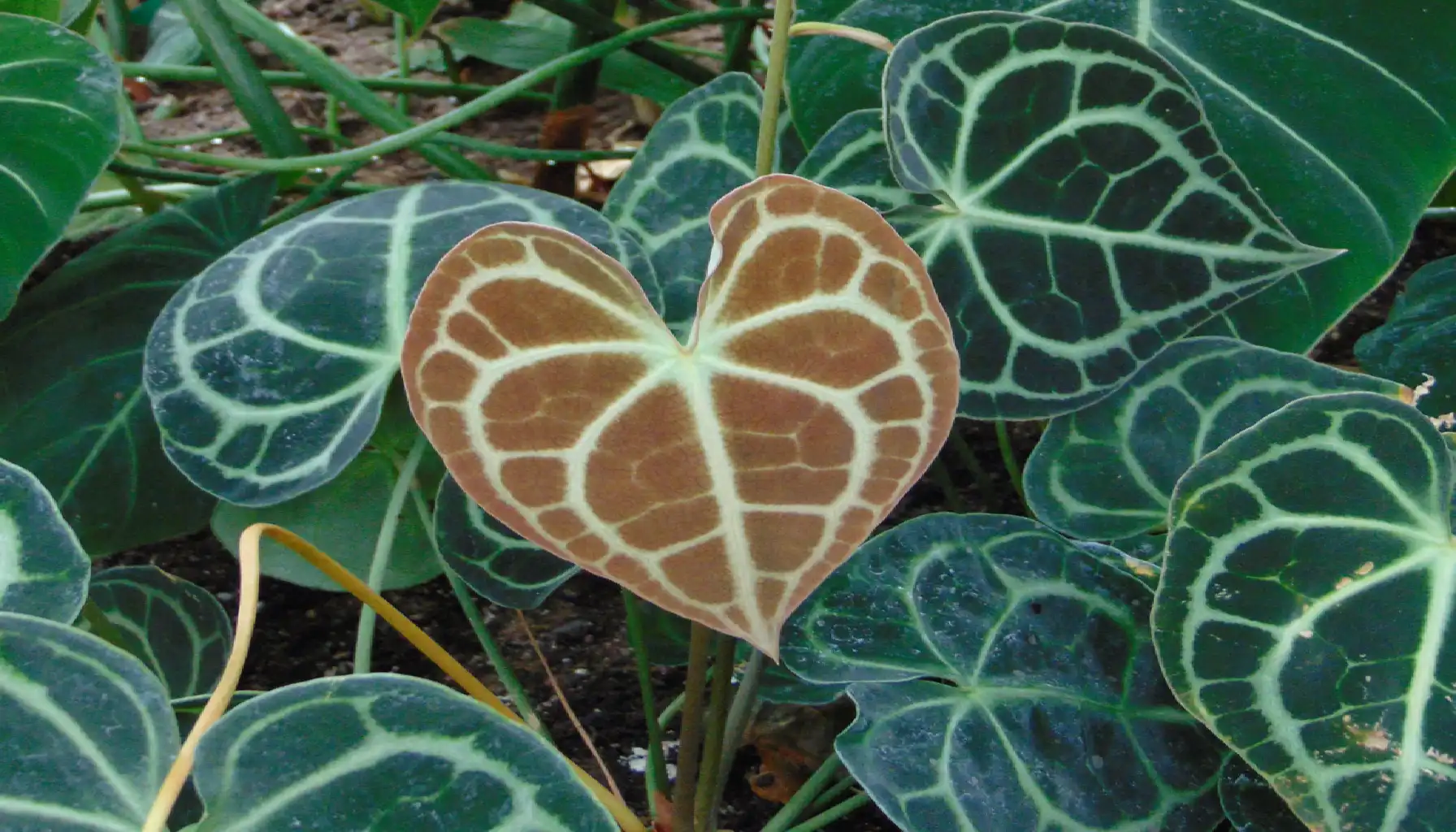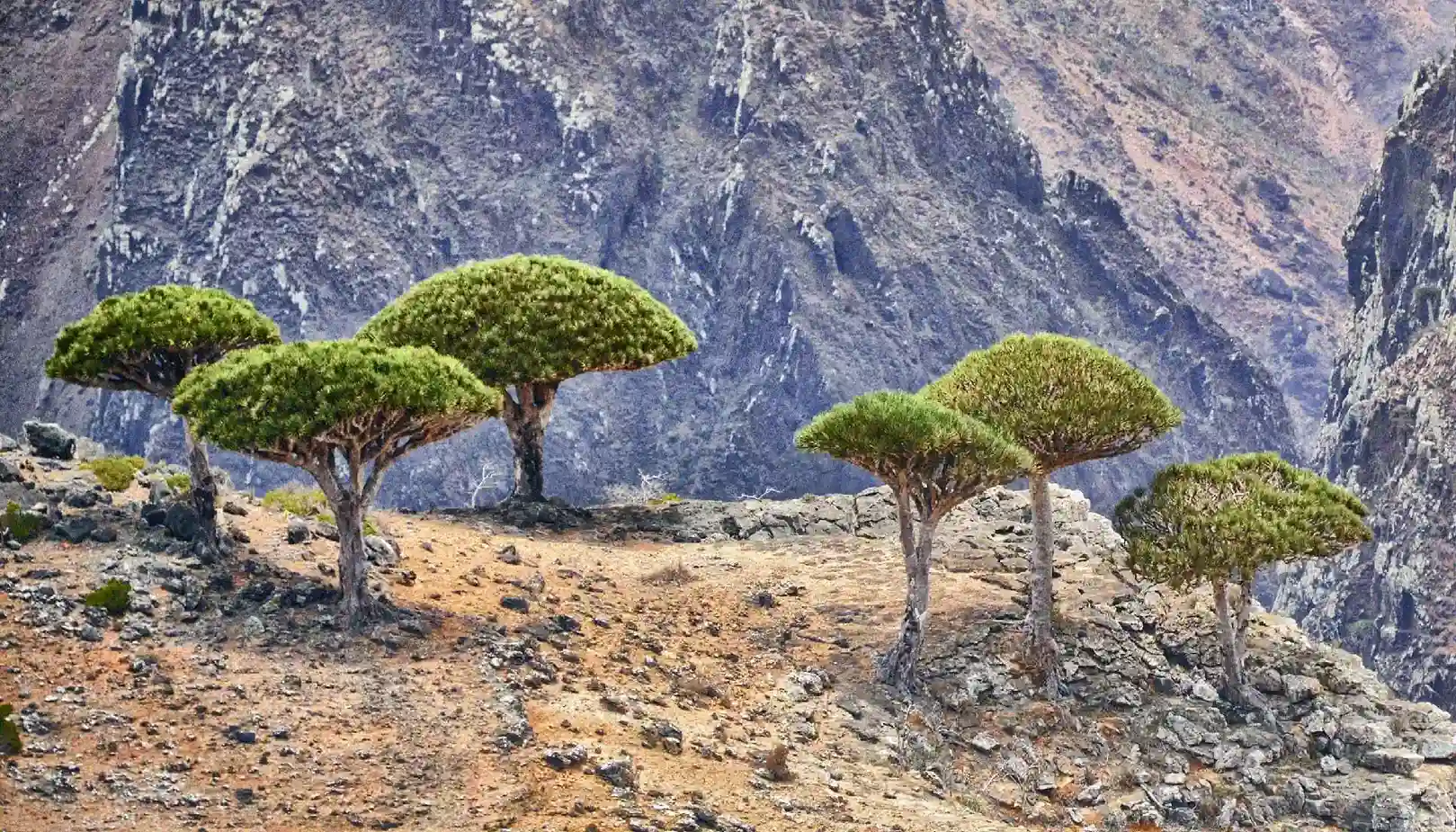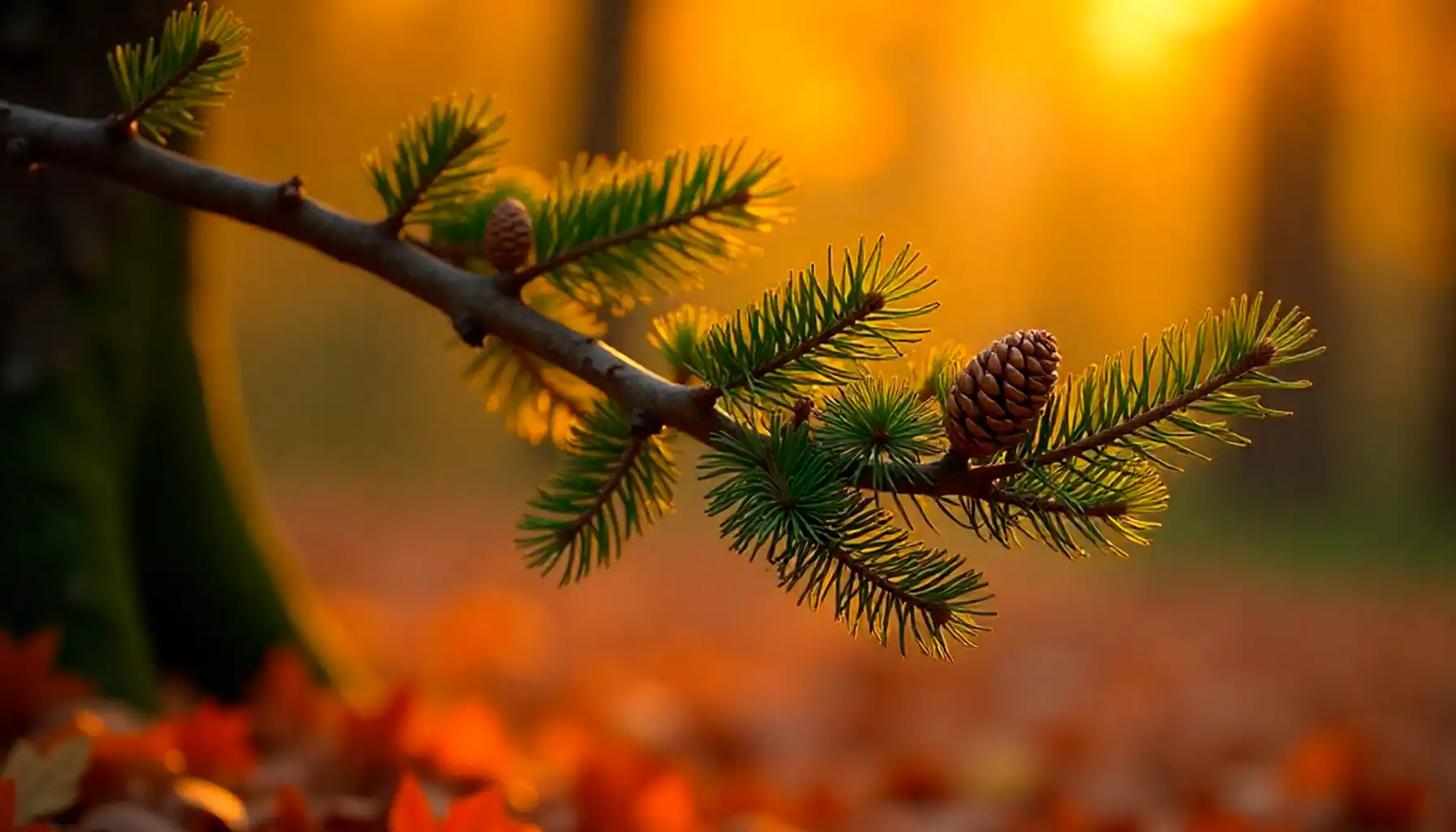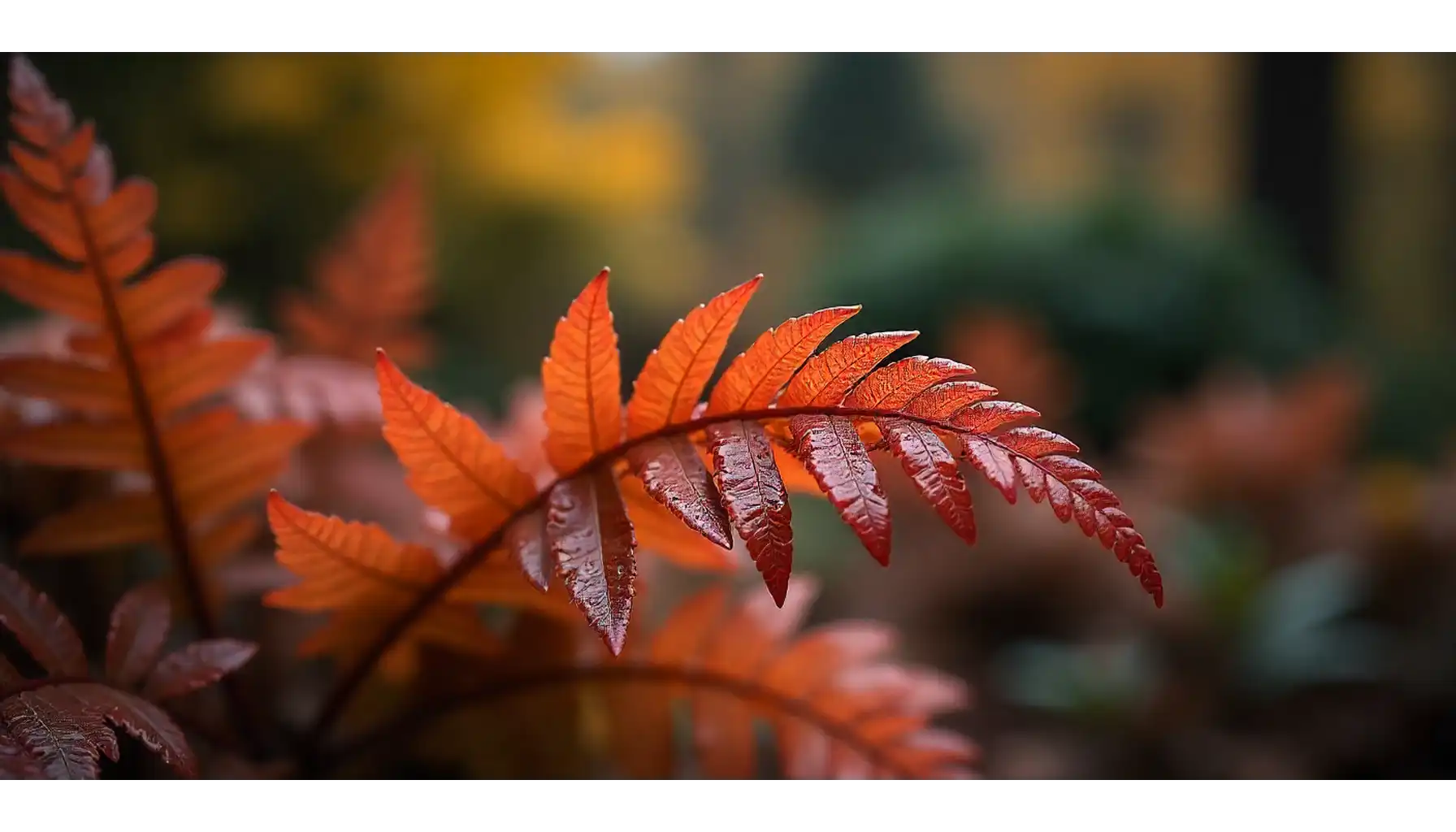Rare flora is not something hidden far in the jungle of Amazonia. Sometimes, fantastic species grow right outside your house or in the nearby park. How to identify them? With new technologies, it is no longer a tough task.
Even if some of them look similar to others, or belong to some specific environment, your smartphone can tell you what it is. In this guide, we’ll show you how to identify rare plants names wherever you go. Searching for a new flower for your apartment or exploring parks and alleys? Your phone can help you — and here is how.
Why Identify Rare Flora?
Beautiful rare plants are nature’s hidden treasures. Often overlooked, these species play vital roles in their ecosystems:
Ecological Stability: Rare plants near me often contribute to the biodiversity and resilience of habitats, supporting insects, birds, and other wildlife.
Medicinal Value: Many rare tropical plants contain compounds not yet fully studied—some with potential pharmaceutical benefits.
Climate Indicators: Their sensitivity to environmental changes makes them excellent bioindicators for climate shifts and habitat degradation.
Conservation Significance: Identifying and cataloging rare rainforest plants is the first step in protecting them from extinction caused by urban expansion, deforestation, or climate change.
Accurate identification supports scientific research, informs policy decisions, and empowers local communities to protect their natural heritage.
Traditional Challenges in Identifying Rare Beautiful Plants
Historically, recognizing rare variegated plants in the wild was an intricate process—one that demanded a deep understanding of taxonomy and access to academic resources. The typical identification route involved:
Step | Challenge |
Field Observation | Required expert knowledge and experience to notice key distinguishing traits |
Use of Printed Field Guides | Often bulky, outdated, or regionally limited |
Manual Cross-Referencing | Time-consuming comparisons with herbarium samples or scientific texts |
Microscopic or Lab Analysis | Necessary for closely related species; inaccessible to most hobbyists |
This made wild ginseng plant identification a field largely dominated by professionals and often excluded amateurs, citizen scientists, and curious learners. Moreover, errors in manual identification were common, especially for species with minimal morphological differences.
Even with the best intentions, misidentifying rare exotic indoor plants could lead to data inaccuracies in ecological studies or misguided conservation priorities.
How Plant Identification Apps Change the Botany Today
Thanks to advanced AI models and smartphone integration, plant identification by photo—whether nestled in wild terrains or sitting quietly on your windowsill—has never been easier. Artificial intelligence analyzes visual traits in seconds, comparing them with massive databases of known species, including some that are almost extinct or newly discovered. This transformation isn’t just convenient—it’s scientifically significant.
Key Innovations Behind the Shift:
Computer Vision Technology: AI in plant identification app free analyzes leaf shape, vein patterns, petal structures, and even growth habits using convolutional neural networks (CNNs).
Crowdsourced Learning: Many options in free plant identification app for android improve over time by learning from millions of images submitted by users worldwide.
Real-Time Recognition: With just a camera click, your phone becomes a powerful field botanist— for plant identification online, even with the most obscure flora.
Offline Databases: Some apps allow plantnet plant identification without internet access, which is vital for remote explorations.
Let’s break down how this plays out in two major environments: the wilderness and your own home.
Rare Wild Plants: Discovering Hidden Biodiversity
Wilderness is often under threat from habitat loss, invasive species, and climate change. Many rare roots plants, wildflowers, herbs, and shrubs are endemic—meaning they only grow in specific regions. Accurately identifying rare air plants in the field is critical for conservation, documentation, and research.
How to Identify Wild Rare Plants via AI Plant Finder:
Feature | Impact on Identification |
Live Camera Recognition | Instantly ID wild species in their natural setting with real-time feedback |
Chat-Bot | Delivers expert answers in a simple, accessible form |
Detailed Information | Learn everything about top 10 rare plants and any species you find in the jungle or outside your apartment |
My Garden | Log rare cool plants you find to your personal collection to remember them |
Imagine hiking in the Alps and spotting a delicate violet with uniquely shaped yellow petals. A quick photo through the best plant identification app could identify it as Viola purpurea, a beautiful flower with limited distribution—and you’ve just contributed valuable data to the conservation map.
Pro Tip: When photographing wild rare cactus plants, make sure to capture multiple angles—leaf, flower, and bark (if applicable). Better input = better results.
Rare Indoor Plants for Sale: Identifying and Caring for Exotic Species
Houseplants have exploded in popularity, especially rare house plants UK or exotic varieties like variegated monstera, string-of-turtles, or rare black plants like velvet alocasia. However, distinguishing between rare plants indoor—and caring for them properly—can be challenging, even for experienced botanists.
How to Identify House Rare Plants via AI Plant Finder:
Feature | Benefit for Indoor Care |
Photo Upload Identification | Quickly ID rare house plants for sale from your collection |
Health Checker | Diagnose common issues like yellowing leaves or fungal spots |
Personalized Care Reminders | Get timely alerts for watering, misting, fertilizing, and repotting |
Personal Journal | Track growth, blooms, and care routines in one convenient place |
For instance, if you’re unsure whether your new green pet from the swap is a Philodendron melanochrysum or a Philodendron micans (both have similar leaf textures), AI Plant Finder can identify subtle visual cues that distinguish the two rare monstera plants. It then provides specific care guides tailored to your species’ needs.
Care Hack: Use the personal journal to record how your rare exotic plants for sale respond to humidity changes, light levels, or feeding schedules. Over time, you’ll build a personalized care routine.
Having the best free plant identification app that supports both wilderness discovery and indoor care is essential for any botany lover.
Trying to spot rare succulent plants for sale or manage indoor palm plant identification at your own home? The technology adapts to your context.
Step-by-Step: How to Identify Rare Plants Online Using AI Plant Finder
In the wilderness or with house plant identification, the AI Plant Finder app comes in handy. Here’s how to make the most of it:
Step 1: Download and Install
Search for the app in your device’s app store to download it. It’s available for both Android and iOS.
Step 2: Take a Clear Photo
For wilderness: Capture multiple angles (leaf, flower, stem) in natural light.
For indoors: Ensure the background is neutral and the flower is well-lit.
Step 3: Upload the Photo
Open the app, tap the “Identify” button, and upload your photo. The AI engine immediately begins analyzing key visual markers.
Step 4: Get Results
In just seconds, you’ll receive:
Scientific and common names
Rarity status (including endangered or endemic labels)
Habitat and origin
Detailed care instructions (for both wild and indoors)
Step 5: Explore More
The app provides links to:
Similar species (to compare)
Care insights about rare plants for sale
Detailed articles on each of rare hosta plants for sale background and uses
Step 6: Document and Share
Add your find to the Plant Journal, complete with dates, notes, and custom tags.
How to Identify Rare Plants Without Special Apps
While AI-powered apps are revolutionizing plant identification, there are still effective traditional methods that don't require any digital tools. These may appeal to field naturalists, off-grid explorers, or anyone seeking a deeper, hands-on approach to botany.
1. Use Botanical Field Guides
Field guides specific to your region or ecosystem often contain illustrations, habitat details, and ID keys. Look for guides from botanical societies or national parks.
Recommended Titles:
2. Learn Botanical Terminology
Understanding terms like "opposite leaves," "serrated margins," or "umbel inflorescence" helps you use dichotomous keys and written descriptions to narrow down species.
3. Study Herbarium Specimens
Universities and museums often allow public viewing of dried botanical specimens. These are cataloged and labeled by experts and can be used to compare physical traits.
4. Examine Key Structures
Focus on:
Leaf shape and arrangement
Flower symmetry and number of petals
Stem texture and color
Seed pods or fruits
Even small traits can be critical in identifying rare or cryptic species.
5. Know Your Region’s Flora
Use checklists and distribution maps from conservation organizations to learn which rare rose plants for sale are likely to occur in your area. Sites like the California Native Plant Society offer regional insights.
6. Join a Botanical Society or Nature Group
Local botanical societies often host walks, workshops, and identification sessions. You’ll learn directly from botanists and enthusiasts familiar with the region’s rare flora.
Bonus Tip: Keep a physical journal with sketches, dates, locations, and observations. This builds your skill over time and becomes a personal archive of discoveries.
Technology is the primary new helper for all botany lovers. AI Plant Finder can help you in the wilderness, in an orangery, and in your own home as well. Unite its power with an offline community, books, and museum knowledge. Together, these instruments can teach you even stronger than you think.
At the same time, studying stays engaging and fun if you don’t stick to a single format and use all opportunities. Start your journey today, explore the flora around you, and find rare treasures under your feet!
Related AI Plant Finder Posts
